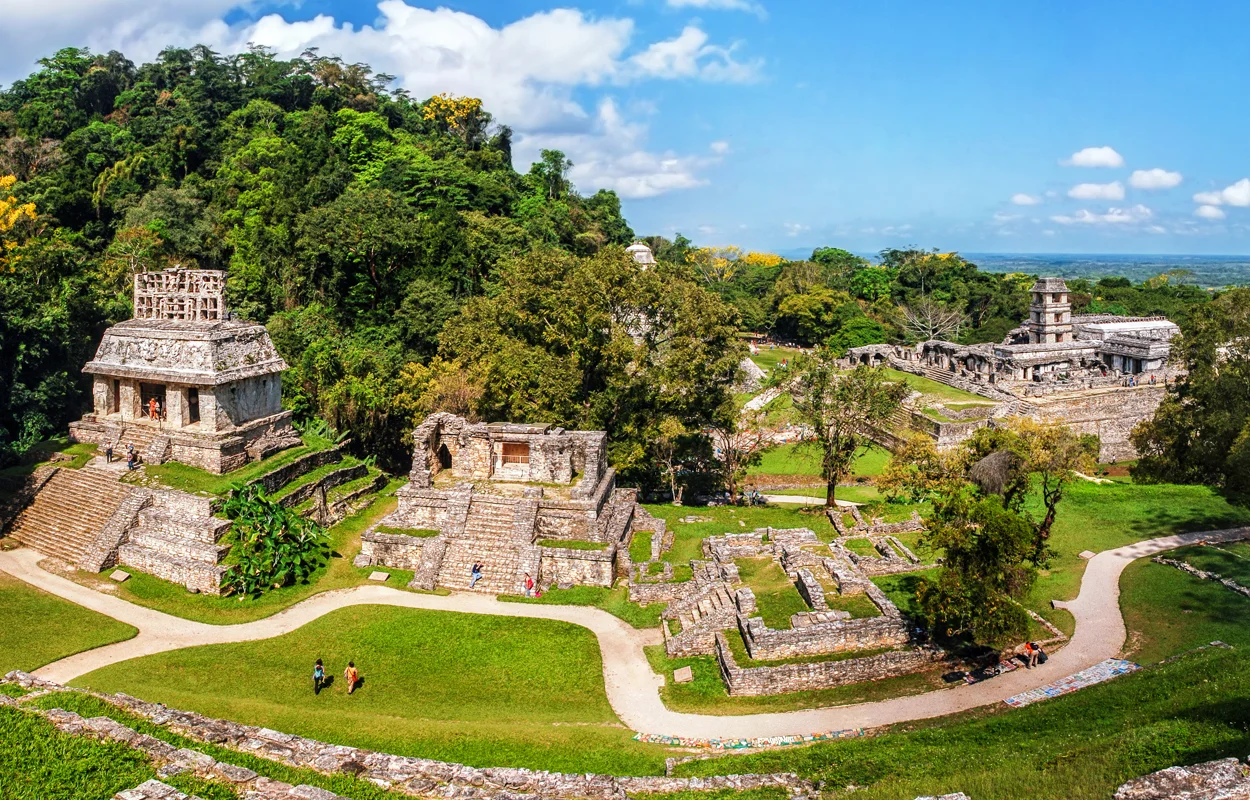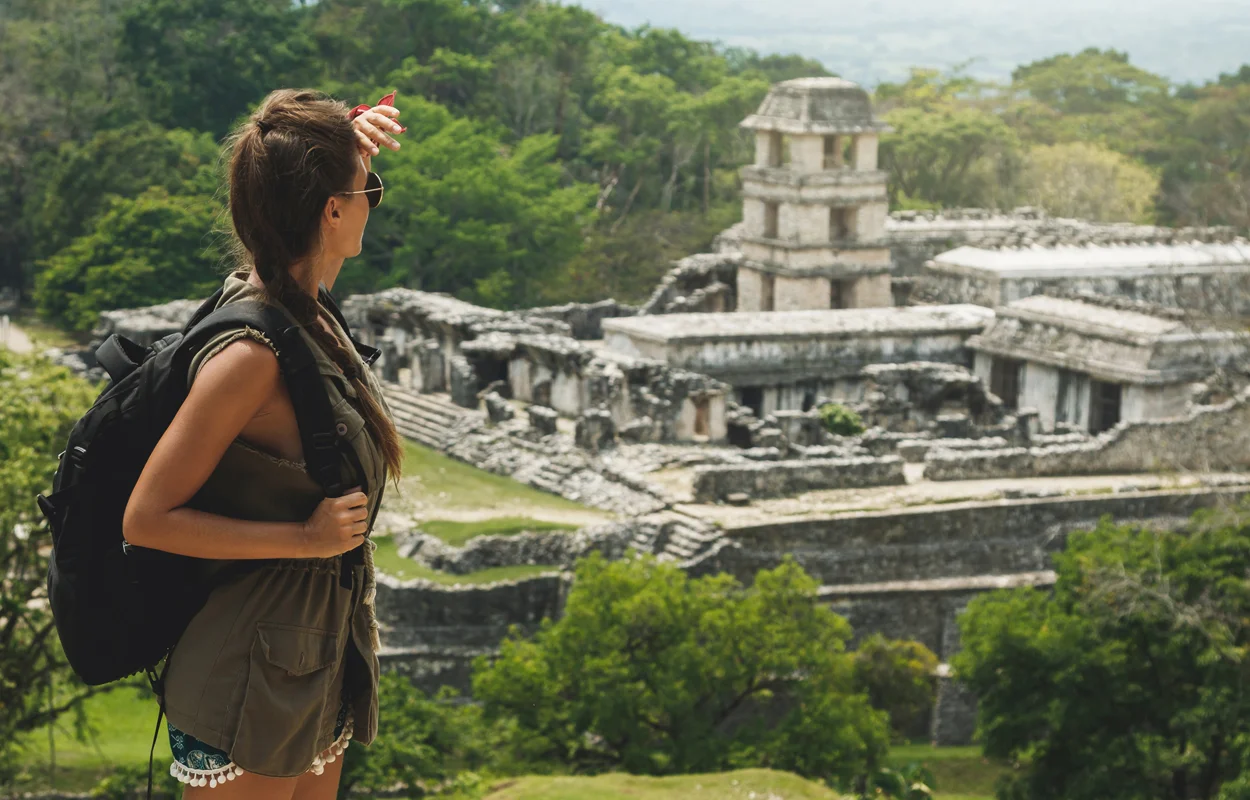According to Mexico’s Ministry of Tourism, more than 90% of the Maya city-state of Palenque is yet to be explored by archaeologists.
Palenque, also known in the Itza Language as Lakamha (meaning “big water” or “big waters”), is located near the Usumacinta River in the Mexican state of Chiapas.
Founded around 226 BC, the city remained a thriving centre of activity until AD 799 – during the reign of Janaab Pakal III.
An agricultural population continued to inhabit the area for several generations after the city’s abandonment, but by the time the Spanish arrived in the 1520s, the region had largely been reclaimed by jungle.
Mexico’s Ministry of Tourism explained that Palenque is considered one of the greatest ceremonial centres of the Classic Maya period and was declared a UNESCO World Heritage Site in 1987. Despite this, only 10% of the city has been explored, with over 200 structures identified in the dense jungle layer.

Among the structures that have been excavated are the famous Temple of Inscriptions, containing the tomb of Kʼinich Janaab Pakal I, also known as Pacal or Pacal the Great.
Pakal was found buried in a colossal sarcophagus wearing a jade mask and bead necklaces, surrounded by sculptures and stucco reliefs depicting the ruler’s transition to divinity.
Nearby, Temple XIII gained international attention in 1994 with the discovery of the “Red Queen,” an elite woman believed to be a member of Palenque’s royal family. Her richly adorned tomb, uncovered by archaeologist Fanny López Jiménez, has helped researchers better understand the role of women in Maya political and ceremonial life.
Archaeologists believe that the unexplored structures may contain additional tombs, carvings, and artefacts that could provide new insights into the political, social, and spiritual life of the Maya.
Header Image Credit : Shutterstock
Sources : Mexico’s Ministry of Tourism







